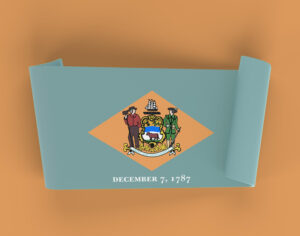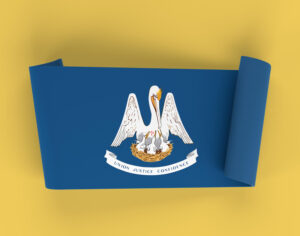Guidelines for Creating Overhead transparencies
Contributed by Deane Gradous, Twin Cities consultant
Unless one is a gifted orator, the belief that spoken words are the meat-and-potatoes of a presentation is mistaken. The presenter who wants the audience to grasp the meaning of her message, must strive to create readable, interesting, informative transparencies (slides). In times past, words were the primary means for transmitting abstract concepts. Today’s audiences, however, are visual learners. They live and work with eyes focused on television, computer monitors, videos, photos, films, advertising graphics, and so on.
Visual images tend to dominate over words: The presenter who seeks to influence others’ actions or decisions will plan to accommodate the human preference for visual information. According to research, learners should be telling us: “I hear it, I forget it.” “I see it, I take it in.” “I see it, hear it, and do it; it’s mine.” In summary, will you tell people? Sure.
Will you show them? Certainly. Will you ask them to interact with you, one another, and the content of your presentation? Absolutely. Using all three methods – auditory, visual, and kinesthetic — enhances your ability to influence audiences.
Design hints
| Type face = Times or Arial Point size = 20+ Case = Sentence type Location = Top 2/3 of slide Page set up = Landscape Ideas = One per slide Lines = Six per slide Words = Six per line Color? = Yes, if available Contrast = More important than color Graphics? = Absolutely Clip art? = If appropriate and additive |
Production hints
- Let PowerPoint ease your way to designing effective slides. If you already know Microsoft Word, learning PowerPoint will be a snap. Focus your efforts on formatting, organizing, and managing information and on gaining proficiency with the superb drawing tools in PowerPoint.
- Produce a paper copy of each slide; stand up; throw the copy on the floor; and critically review it from the audience’s perspective.
- Print slides on laser transparency film. Use a color printer if one is available.
- Insert the slides in special sleeves that frame the slide (3M makes them).
- Produce black and white or color handouts to facilitate note taking and review–two slides per page.
- Create presenter notes pages in PowerPoint. To enable you to easily read your notes from their position on a lectern or a table top, use 16- to 18-point type.
Learn More in the Library’s Blog Related to This Topic
In addition to the articles on this current page, see the following blog which have posts related to this topic. Scan down the blog’s page to see various posts. Also see the section “Recent Blog Posts” in the sidebar of the blog or click on “next” near the bottom of a post in the blog.
For the Category of Communications (Business Writing):
To round out your knowledge of this Library topic, you may want to review some related topics, available from the link below. Each of the related topics includes free, online resources.
Also, scan the Recommended Books listed below. They have been selected for their relevance and highly practical nature.
 Sections of this topic
Sections of this topic














